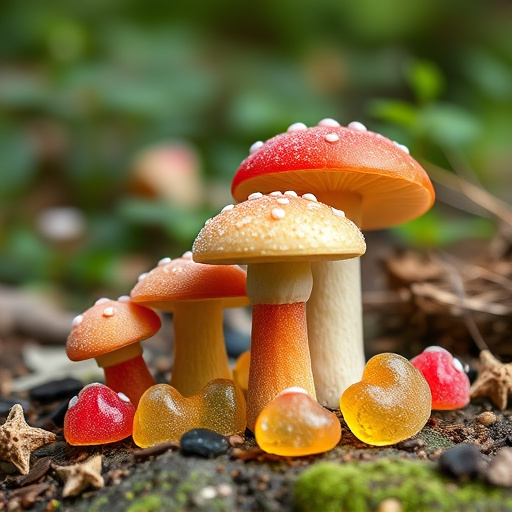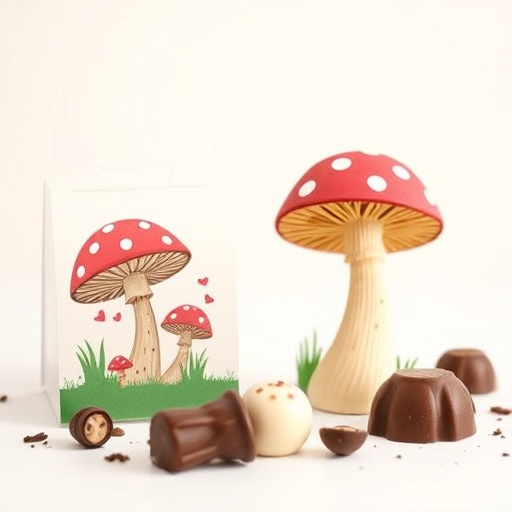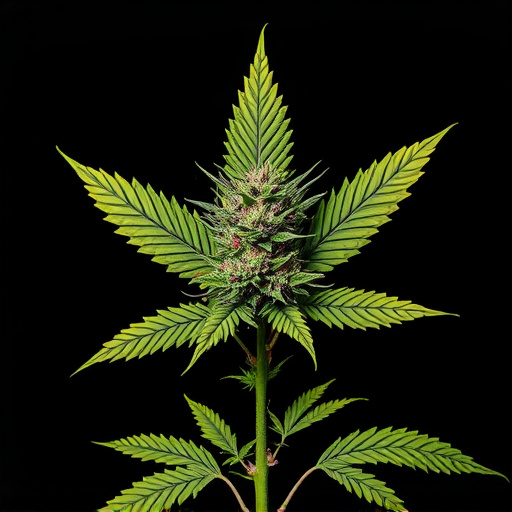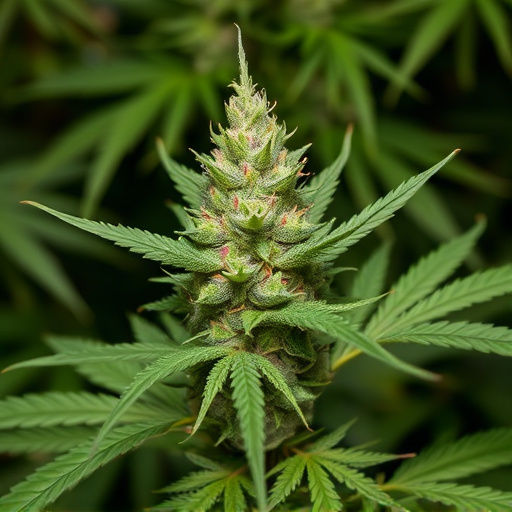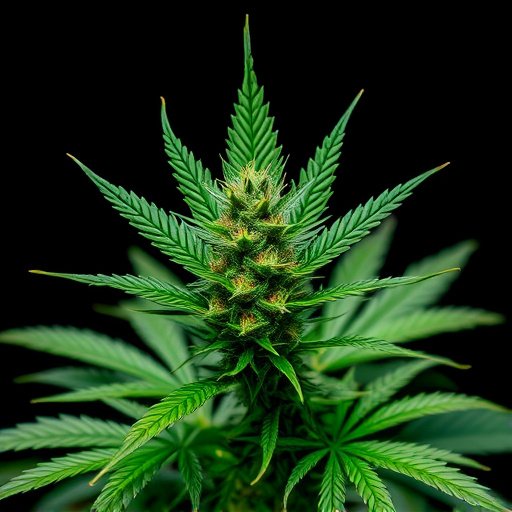The unique genetic makeup and terpene profiles of original strains of cannabis significantly shape user experiences, with specific terpenes offering distinct sensory effects, from relaxation to energy. Cultivation environment, including soil composition, climate, and harvesting practices, also influences these chemical characteristics. Each individual's cannabis experience is personalized by their biology, consumption method (e.g., smoking, vaping, edibles), dosage, strain composition, and tolerance.
Unraveling the diverse effects of cannabis is a complex journey, driven by multifaceted factors. This article delves into the intricate web influencing how we experience this remarkable plant. From the genetic composition and terpene profiles that form the very foundation, to environmental cultivation techniques and individual biological variations, every element plays a pivotal role. Discover the secrets behind the unique effects of original strains of cannabis, offering insights tailored to personal consumption methods and harvest practices.
- Genetic Composition and Terpene Profile: Understanding the Foundation of Cannabis Effects
- Environmental and Cultivation Factors: The Role of Soil, Climate, and Harvesting Techniques
- Individual Biology and Consumption Method: How Personal Factors Shape Cannabis Experience
Genetic Composition and Terpene Profile: Understanding the Foundation of Cannabis Effects

The genetic composition and terpene profile of cannabis plants play a fundamental role in shaping the effects users experience. Original strains of cannabis, each with their unique genetic makeup, possess distinct chemical compositions that contribute to a wide range of potential outcomes. Terpenes, aromatic compounds found in cannabis, further enhance these effects by interacting with cannabinoids like THC and CBD.
Different terpenes evoke varied sensory experiences and may modulate the intensity and type of cannabis’s psychological and physiological impacts. For instance, myrcene is known for its earthy, musky scent and has been linked to relaxing and sedative effects, while limonene offers a refreshing citrus aroma associated with uplifting and energizing sensations. Understanding these intricate relationships provides valuable insights into why different strains produce diverse effects on users.
Environmental and Cultivation Factors: The Role of Soil, Climate, and Harvesting Techniques
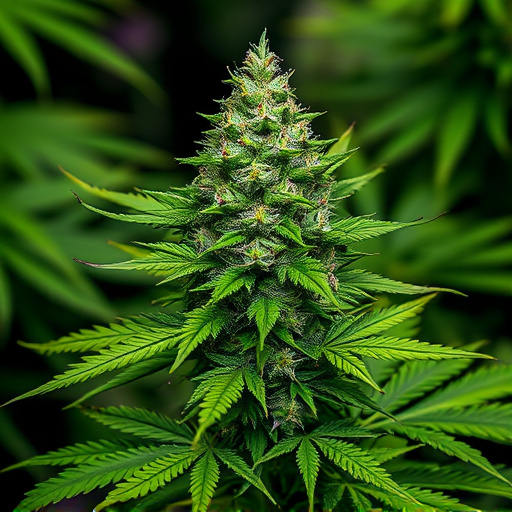
The environment in which cannabis plants are grown plays a significant role in shaping their unique effects and potency. Soil composition and quality are essential factors; different strains thrive in specific nutrient-rich soils, influencing the overall chemical profile of the final product. For instance, original strains of cannabis often develop distinct terpenes and cannabinoids based on the local soil’s mineral content.
Climate conditions, including temperature and humidity, also contribute to the plant’s development. Warmer climates may lead to faster growth but can affect cannabinoid concentrations, while cooler temperatures can produce higher levels of certain compounds. Harvesting techniques, such as timing and method, further refine the final effects. Early harvesting might result in a more potent product, while late harvesting can enhance specific terpenes, each offering unique therapeutic properties or distinct experiences for recreational users.
Individual Biology and Consumption Method: How Personal Factors Shape Cannabis Experience
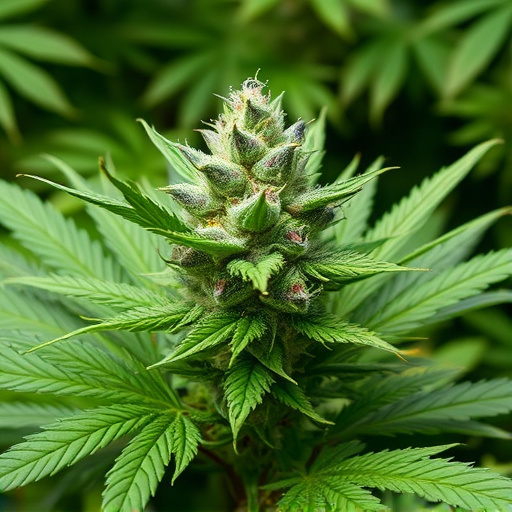
Every individual’s response to cannabis is unique, shaped by a complex interplay of personal biology and consumption methods. Our bodies contain an endogenous cannabinoid system (ECS) that interacts with the phytocannabinoids present in original strains of cannabis. The ECS plays a key role in regulating mood, memory, appetite, and pain perception, meaning variations in our individual ECS activity can lead to different cannabis experiences.
The method of consumption also significantly impacts how we feel after using cannabis. Smoking or vaping allows for rapid absorption of cannabinoids into the bloodstream, leading to quicker effects but potentially higher risks associated with inhalation. Edibles, on the other hand, take longer to kick in due to absorption through the digestive system, offering a more gradual and often longer-lasting high. Factors like dosage, strain composition (including terpene profiles), and individual tolerance further personalize the cannabis experience.
In understanding the multifaceted nature of cannabis effects, we’ve explored the intricate interplay between genetic composition, environmental influences, and individual biology. The unique terpene profiles of original strains of cannabis play a pivotal role in shaping user experiences. Furthermore, cultivation techniques and harvesting methods contribute significantly to the final product’s potency and effects. By recognizing these factors, consumers can make informed decisions, ensuring a personalized and enjoyable journey through the diverse world of cannabis.
